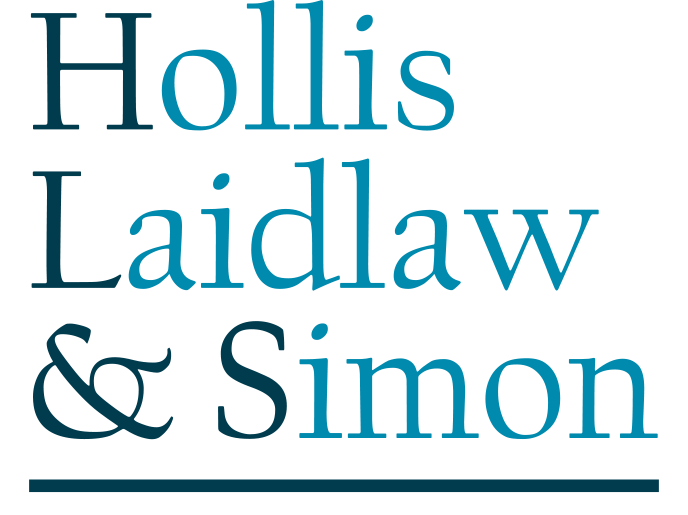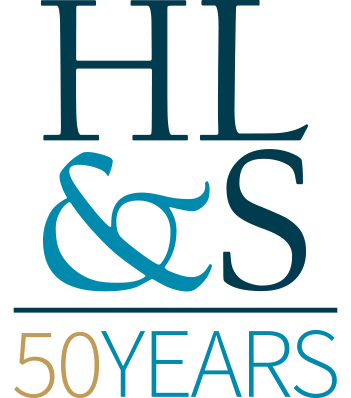For many people, it is not easy to think about the possibility of being incapacitated or in a terminal state. But if that were to happen, it is important that family members and loved ones know what your wishes are. Having your health care and end-of-life wishes documented and in place are not only important for your peace of mind, but also for your loved ones who may be tasked with seeing that your wishes are met during an extremely difficult and stressful time.
Prior to documenting your wishes, however, it is important to understand the differences between the following health care advance directive documents and when they apply: the DNR, the MOLST form, and the Living Will.
DO NOT RESUSCITATE ORDER (DNR)
A DNR is just what it says: a medical order (written by a physician) that states your wishes not to receive cardiopulmonary resuscitation (CPR) if you have stopped breathing or if your heart has stopped. CPR includes cardiac compression, intubation, artificial ventilation, defibrillation, and other related procedures. A DNR order will not include instructions for other treatments, such as pain medicine, other medicines, or nutrition.
In New York, a DNR can only be put in place with the assistance and signature of a doctor. Instructions to implement a DNR order are typically given in a hospital setting by whoever is legally permitted to make medical decisions on behalf of a patient – whether that person is the next of kin or someone you’ve appointed as your healthcare representative (someone you trust to make medical decisions on your behalf.)
MEDICAL ORDERS FOR LIFE–SUSTAINING TREATMENT (MOLST)
A MOLST which is typically printed on bright pink paper is also medical order form signed by a New York State licensed physician, or nurse practitioner that tells others the patient’s medical orders for life–sustaining treatment. While MOLST orders can be completed in a hospital setting, they are the only form for documenting non-hospital Do Not Resuscitate (DNR) and Do Not Intubate (DNI) orders. Also, MOLST orders completed in accordance with New York law remain valid when the patient transitions from one health care setting to another.
Completion of the MOLST requires that a licensed physician, nurse practitioner, or physician assistant at a minimum: (i) confer with the patient and/or the patient’s health care agent or surrogate about the patient’s diagnosis, prognosis, goals for care, treatment preferences, and consent by the appropriate decision-maker, and (ii) sign the orders derived from that discussion.
In hospitals, hospice and nursing homes, the form may be used to issue any orders concerning life-sustaining treatment. In the community, the form may be used to issue non-hospital Do Not Resuscitate (DNR) and Do Not Intubate (DNI) orders, and in certain circumstances, orders concerning other life-sustaining treatment. The signed MOLST form should be transported with patients as they travel to different health care settings. The medical orders on the form need not be re-issued by the patient’s new health care provider but should be reviewed and may be revised by a physician, nurse practitioner, or physician assistant, when the patient transitions to a different setting and when the patient’s preferences and/or medical conditions change.
It is important to note that the MOLST forms are not intended for use with patients with developmental disabilities who lack medical decision-making capacity, or patients with mental illness in a mental hygiene facility.
In summary, the MOLST and DNR both require a health care professional’s input and signature .
The primary differences between the MOLST form and a DNR are:
- MOLST covers a variety of end-of-life treatments.
- A DNR only gives instructions about CPR.
- The MOLST form can also be used in a community setting where the DNR is intended to be used as a directive in a hospital setting.
Living Will
While a DNR and MOLST form are both medical orders that need to be implemented by a medical provider, a living will only need to be signed by the individual and two disinterested witnesses. It is in the living will that an individual can document their wishes as to how they would like to be treated in an end-of-life situation, i.e, when the person’s doctor has certified that they either have a terminal illness or are in a persistent vegetative state. It is to be used as a guide and as evidence for family members making tough decisions.
In a living will, a person can express what types of medical treatments they would want (dialysis, painkillers, artificial nutrition and hydration and generally whether they would or would not like to be kept alive artificially.
And unlike a Last Will and Testament which dictates distribution of your assets and wishes after you pass away, a living will is a person’s voice while living but unable to express your medical care wishes.
If you’d like to discuss health care directives, please reach out to the Trust and Estate team at Laidlaw & Simon P.C. for a complimentary consultation.













